07 Jan Conflict Management and the Big Picture
Here is a far-reaching question: What causes conflict? In particular, does conflict largely stem from differences within and between people? Or does conflict primarily arise from the attributes and forces in the situation, that is, the larger system within which people interact with one another? In my experience, I have found that the great majority of the conflict we experience stems from the system -- not the people....




